If you want to embrace a sustainable lifestyle, choosing Hydroponic farming might just be the first step. But what exactly is hydroponic farming? For the uninitiated, Hydroponic farming is a form of farming that does not involve soil. In fact, the water requirement too is significantly less. The best part: this mode of farming does not require much space either, thereby turning out to be ideal for both people living in apartments and those living in gardens.
At this point, you might be wondering what plants and vegetables one can grow in their hydroponic garden. Well, that is exactly what we will discuss in the course of this article. As you keep reading you will find a detailed insight into the best veggies, herbs, and fruits for your hydroponic garden.
15 Best Hydroponic Plants (Vegetables, Herbs, or Fruits)
1. Lettuce
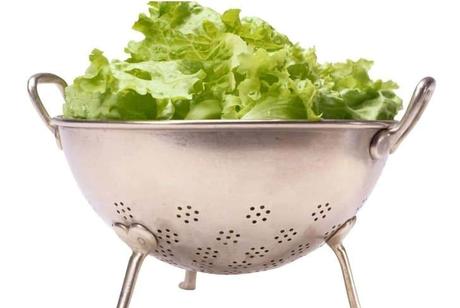
Perfect for your salads and sandwiches, Lettuce is probably one of the most common vegetables that are grown in the Hydroponic system. They have incredibly fast growth and caring for them is equally simple.
You can grow this vegetable in almost any kind of Hydroponic system including (but not limited to) NFT, the Ebb and Flow, and more. Since lettuce is so easy to care for, this might also be one of your first choices if you planning to try Hydroponic farming for the first time.
Lettuce usually requires cool temperatures and the pH level should be between 6 to 7. In most instances, they will grow within 30 days or less.
2. Strawberries
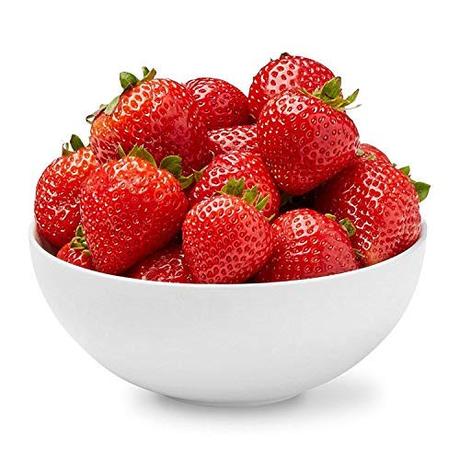
Buy From Amazon
If you love strawberries you’ve probably whined about its seasonal nature. You can’t find them locally most of the time and the fruit, in general, is quite expensive depending on your location. Hydroponics systems solve this issue by allowing you to source strawberries any time you want to.
Harvesting these berries at home is incredibly simple and convenient. The best part: you will have them throughout the year. Unlike Lettuce that works well in almost any kind of hydroponics system strawberries seem to do relatively better when in the Ebb-and-Flow system. You can also try deep water culturing with a nutrient film.
Strawberries take around two months or 60 days to grow and they seem to do well at a pH level of 5.5 to 6.2. If you are planning to grow them in your home Hydroponics system, avoid purchasing strawberry seeds as they won’t be ready with berries for a couple of years. Switch seeds with cold-stored options that are already at a growing stage. When it comes to strawberries best options would be Chandler, Tioga, and Brighton.
3. Cucumbers
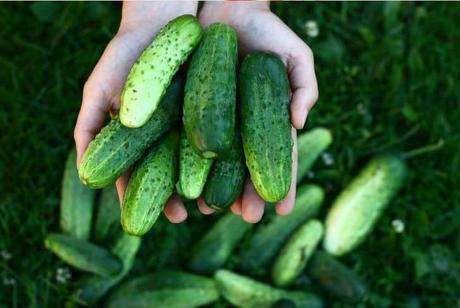
These are an extremely common variant of vining plants that are primarily grown in commercial greenhouses. Luckily, with the Hydroponics system in place, you can also grow them in the comfort of your home.
Cucumbers grow rapidly and they also end up producing excellent yields. When it comes to choosing a type, you will be left absolutely spoilt for choices. Ideally, you can choose from the thick American slicers, the elongated and seedless variants of European cucumbers, or the impeccably smooth Lebanese cucumbers.
Each of these plants will thrive well in your Hydroponic system. Since cucumber is known to be a warm plant make sure you supply it with ample light and high temperatures. These plants thrive best at a pH level of 5.5 to 6.0.
4. Spinach
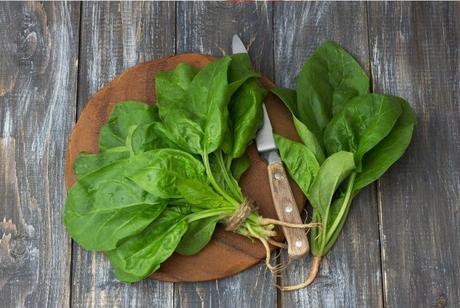
Spinach is yet another fast-growing plant that can be a suitable fit for your Hydroponics System. While they thrive well in almost all types of Hydroponics systems, the Nutrient Film technique works best. If you aren’t comfortable with this option, choose any other technique that will keep the soil nutrient-rich and duly oxygenated.
As with every other form of Hydroponics Farming, with Spinach, you will need significantly less water when compared to your home garden. Besides, you can grow them from scratch right when they are seeds. In most instances, Spinach is known to grow within one month or 40 days. Make sure the pH is between 6.0 to 7.5 and the temperature is duly regulated.
If you are planning to grow Sweet Spinach, make sure the temperature ranges between 65 Degrees to 72 Degrees F. The plant may take longer to grow if the temperature is slightly lower than the mentioned options.
When it comes to types, you can choose anything from Catalinas, Savoys, Red Cardinals, and even the Bloomsdale. All of them are easy to grow and even easier to care for.
5. Beans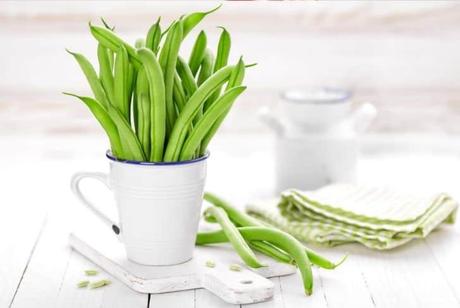

These are yet another productive and extremely low-maintenance options for your Hydroponic garden. Since beans are used in most meals, growing them at home will ensure that you can duly source the veggie as and when you need to. In terms of types, you can choose anything from string, green, pole, and even pinto beans. While it is not as common, but lima beans too may be grown at the comfort of your home.
If you are planning to grow the pole or string beans in your Hydroponic garden, you will need a trellis. This will ensure that the plants are duly supported when they need it the most. Germination will take anything from three to eight days and harvesting can start around six to eight weeks after that.
Once you’re done with harvest, you can continue growing the crop for another three to four months. Note that beans thrive best in warm temperatures and the ideal pH level will range from 6.0 to 6.3.
6. Bell Peppers
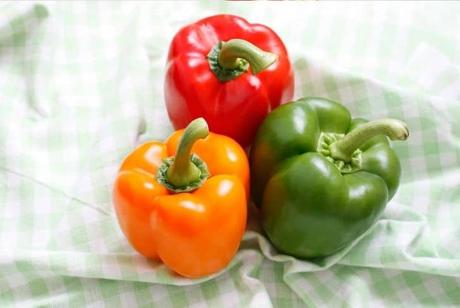
While they might appear slightly advanced at the outset, Bell peppers are certainly an excellent plant for your Hydroponic garden. While growing them at home, you need to strictly ensure that they do not achieve their full height.
To avoid this, make sure the plant is pruned and pinched at about seven or eight inches. This will spur their growth and also make way for bigger and fuller vegetables. In terms of technique, you should try the Deep Water Culture while growing Bell Peppers. If this is not possible, the Ebb and Flow technique are equally good.
Most Bell Peppers take around 90 days for achieving full growth and their ideal pH level ranges from 6.0 to 6.5. While growing Bell Peppers at home, make sure they get plenty of full light.
Ideally, they need around 18 hours of complete light at a stretch. You can also raise the light rack as your bell peppers start growing. While regulating the light also make sure it is at a distance from six inches from the light. Among types, you can try growing the Ace, Vidi, or the Yolo variants.
7. Chives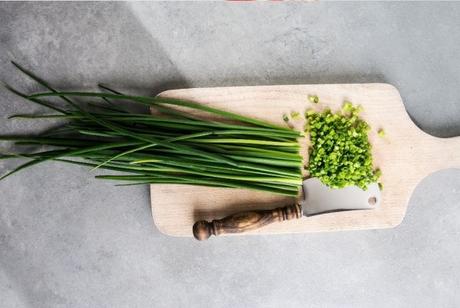

If you thought you couldn’t grow herbs in a Hydroponic system, you couldn’t be more wrong. These herbs are not just easy to grow but they are also equally easy to maintain. You can source them from your local stores and then plant them in a standard condition. Ideally, it takes around six or eight weeks for the Chives to completely mature. You should also harvest it almost daily.
While Chives do not need plenty of water, they do need plenty of light. Their ideal temperature is warm, and they grow best upon receiving full light at a stretch of 12 to 14 hours. For pH, a level between 6.0 to 6.1 is sufficient.
Note that after harvesting the Chives, they will need around three to four weeks to regrow again. So, be patient and allow them this time for regrowth.
8. Blueberries
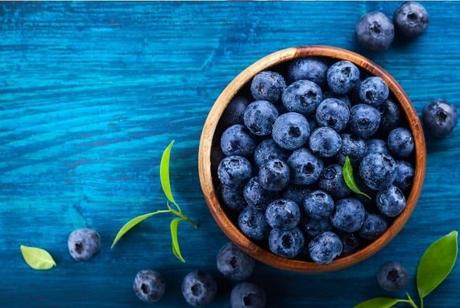
Rich in Vitamins, Blueberries are yet another top choice for your Hydroponics Garden. Unlike strawberries, Blueberries take a fairly long time to grow. In some cases, it may take them months to bear the first fruit.
Blueberries thrive best in NFT systems with a warm temperature and a pH level between 4.5 and 6.0. Since growing them from seeds is not the best option, we would recommend transplants.
9. Tomatoes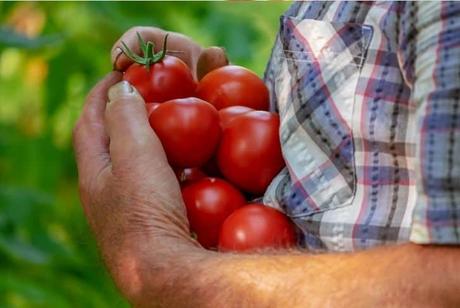

Yes! You read that right! Tomatoes (both the regular and the cherry variants) can be grown in your Hydroponic garden. So, if you are tired of consuming commercially grown tomatoes, consider growing them soilless right at the comfort of your home.
While growing these veggies, make sure you provide ample light and hot temperatures. If you plan to grow them indoors purchase some grow lights in advance. The ideal pH level ranges from 5.5 to 6.5.
10. Kale
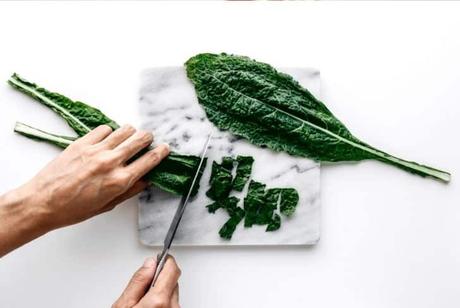
If you are a health freak, Kale might be one of the best options for your Hydroponic System. Nutritious and yet incredibly delectable, this is an excellent vegetable for anyone who’s looking to stay healthy all way round.
Since Kale has been grown in Hydroponic systems for years, you can be completely assured that they will thrive well in your home, water garden. Kale is easy to maintain that they grow well in moderate temperatures. The pH level should ideally range from 5.5 to 6.5.
11. Basil
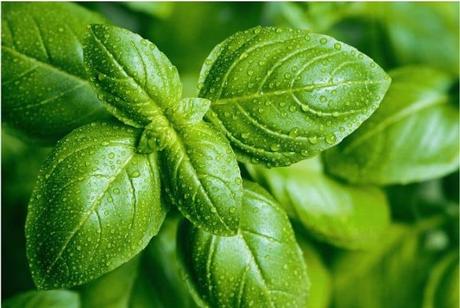
Like Chives, Basil is yet another herb that thrives really well in a soilless system. For best results, you may want to try the NFT or the Drip techniques. After the plant is fully mature, you can start harvesting it almost daily. We recommend you to trim it instead of pinching the leaves for better and more consistent growth.
Basils require plenty of lights and they are likely to undergo poor growth when they do not have ample lighting. Ideally, they should get around 11 hours of uninterrupted lighting at a warm temperature. The recommended pH level will range from 5.5 to 6.5.
12. Grapes
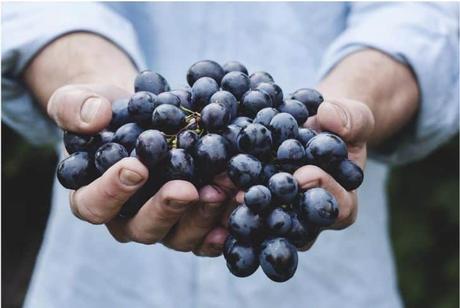
Grapes are vine-based fruits that require plenty of care and maintenance. So, if you are a newbie who is just getting started with Hydroponic farming, we wouldn’t recommend grapes as your first option. Grapes work best in a bucket system and being vine-based they will need a trellis for added support. Make sure the root doesn’t rot and the pH is duly balanced. The ideal pH level would range from 5.5 to 6.0. While growing grapes, also make sure they get plenty of water.
13. Celery

This is an extremely healthy veggie with plenty of flavors and excellent texture. You can grow them in an Ebb and flow hydroponic system. Make sure the stalks are wet and the roots aren’t submerged. The ideal pH level would range from 5.7 to 6.0.
14. Sage
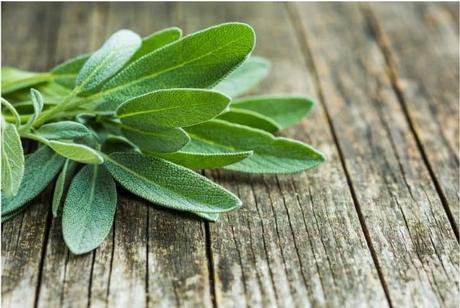
With a perfectly savory tinge, Sage is yet another vital herb for most chefs. The best part: growing them is equally simple. While sage thrives best in an NFT systems you can also try other techniques especially if you are planning to grow it with other herbs. The ideal pH level would range from 5.5. to 6.5.
15. Cantaloupe
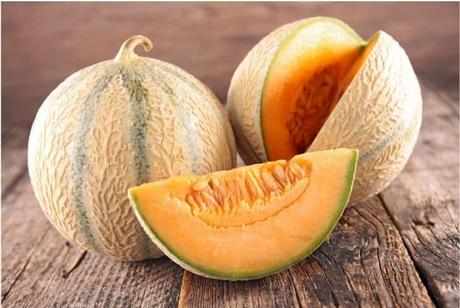
Bearing plenty of similarities with the watermelon, Cantaloupes are often termed as netted melons for their net-like skin. They work best in the Ebb and Flow System and the ideal pH would range from 6.0 to 6.8. As with melons, you may have to use nets to support the Cantaloupes.
Well, these were some of the best options for your hydroponic garden. While it may seem overwhelming to grow them (especially if you’re just getting started), over time, the process will get much simpler. That is because hydroponic farming is not just sustainable but also quick, simple, and hassle-free with much fewer roadblocks than conventional gardening.
References:
Grapes


